The CBSE Class 12 Business Studies exam is scheduled for February 22, 2025. In these final days before the exam, students should use effective preparation method that includes solving the important previous year questions. In this article, we have provided the Class 12 Business Studies Directing Important PYQs with Solutions for students who want to ace their exam.
Class 12 Business Studies Directing Important PYQs with Solutions
The CBSE Class 12 Business Studies Chapter 7 is titled: Directing. Together with the Staffing and Controlling chapters, it has the weightage of 20 marks in the 80 marks question paper. By going through the most important previous year questions and their solutions, you can guarantee full marks from this chapter. These questions have been frequently asked in every board exam and it is certain that you will encounter such questions this year too.
Class 12 Business Studies Directing Most Important Previous Year Questions with Solutions
The concept of directing revolves round the act of instructing, guiding, counseling, motivating, and leading people within the organization via effective communication to ensure that their efforts culminate in the attainment of organizational goals. Check important PYQs with answers that you should write in board exam below.
1 Mark Questions
Q.1) How does directing initiate action?
Solution: Directing is the function of initiating action by means of giving guidance and instructions to people for doing work. While other functions are preparatory functions.
Q.2) Give the meaning of ‘motivation’ as an element of directing.
Solution: Motivation means incitement or inducement to act in the desired way so that employee accomplish their work. Thus, motivation is an important element that makes the ‘Directing’ function successful.
Q.3) Which of the following is a financial incentive?
(a) Perquisites
(b) Status
(c) Job-enrichment
(d) Job-security
Solution: Ans. (a)
Q.4) Give an example of ‘Employee Recognition Programmes’ as a non-financial incentive.
Solution: Self-actualisation needs, Congratulating the employees for good performance done.
Q.5) Why is it said that ‘Motivation is a complex process’?
Solution: Motivation is a complex process as the individuals are different from each other in their expectations, perceptions and reactions.
2 Mark/3 Mark Questions
Q.6) Differentiate between ‘Democratic’ and ‘Laissez-Faire’ style of leadership.
Solution: The difference between these two types of leadership has been given below.
| Basis of Difference | Democratic style | Laissez-Faire Style |
| Decision-making power | Leader takes decisions in consultation with the subordinates. | Subordinates are provided maximum freedom and are encouraged to take decisions independently. |
Q.7) ‘Leadership indicates the ability of an individual to maintain good interpersonal relations with followers and motivate them to contribute towards achieving organisational objectives; In the light of this statement, explain any two styles of leadership. (2021 C)
Solution: In the light of the given statement, the various leadership styles are:
(i) Autocratic or Authoritarian leadership: An autocratic leader has absolute authority and control who dictates policies and procedures of a business without obtaining any meaningful participation from his/her subordinates.
(ii) Democratic or Participative leadership: A democratic leader encourages participation, relies on subordinates’ knowledge and expertise for the completion of tasks and depends on subordination respect for influence.
(iii) Laissez Faire or Free -rein leadership: Laissez-Faire literally means “let them do”, which further implies the intervention of any authority or guide or leader.
Q.8) Describe ‘Autocratic Style’ of leadership.
Solution: In an ‘Autocratic Style’ of leadership:
(a) The leader exercises complete control over the subordinates.
(b) He takes all the decisions independently without consulting subordinates.
(c) He just gives orders and instructions to the subordinates and expects them to follow the instructions as it is.
(d) It is suitable where: There is little time for discussion in the decision-making process.
(e) The leader is solely the most knowledgeable and educated individual in the group.
Q.9) Describe any three personal barriers to effective communication.
Solution: The following are some of the personal barriers of communication:
(i) Fear: At times, due to the difference in status and authority, the subordinates fear their superior and often hesitate to communicate freely with them. In such cases, communication is suppressed.
(ii) Low confidence on subordinates by the superior: When the superior does not have confidence in the subordinates, he is unwilling to involve them in discussions and other matters. This leads to a communication gap between the two.
(iii) Lack of incentive: Lack of incentives (such as appreciation, praise, etc.) discourages the initiative to communicate.
Q.10) Mr. Shudhendu Bose is the owner of ‘Bikmac Enterprises’ carrying on the business of manufacturing various kinds of biscuits. There was a lot of discontentment in the organisation and the targets were not being met. He asked his son, Naval, who had recently completed his MBA to find out the reason.
Naval found that all decision-making of the enterprises were in the hands of his father. His father didn’t believe in his employees. As a result, both the employer and the employees were not able to understand each other’s messages in the same sense. Thus, the employees were not happy and targets were not met.
(a) Identify any two communication barriers because of which Bikmac Enterprises was not able to achieve its targets.
(b) State one more barrier each of the type identified in (a) above.
Solution:
(a) Two communication barriers because of which Bikmac enterprise was not able to achieve its targets are :
(i) Organisational Barrier:
Organisational Policy: If organisation policy, explicit or implicit, is not supportive to free flow of communication, it may lead to poor communication.
In the given case, all decision-making was in the hands of his father which was not supportive for effective communication.
(ii) Psychological Barrier:
Distrust: Distrust between communication sender and receiver acts as a barrier. If the parties do not believe in each other, they cannot understand each other’s messages.
In the given case, his father did not believe in the employees which created difficulty in understanding each other’s messages.
(b) One more barrier of each type:
(i): Organisational Barrier:
Rules and Regulations: Rigid rules and regulations and cumbersome procedures are a hurdle to communication.
(ii) Psychological Barrier:
Lack of attention: The pre-occupied mind of the receiver and the resultant non listening of message acts as a major psychological barrier.
4 Marks/5 Marks questions
Q.11) Shiv has recently joined an industrial unit manufacturing low cost LED bulbs. He has five workers working under him. He gives them instructions to ensures optimum utilisation of resources and achievement of work targets. He provides good on-the-job training to the workers to build an efficient team. He also analyses the work performed by them and gives feedback. The work performed by Shiv may be described as an important element of directing. Name the element and state two other functions which may be performed by Shiv in addition to those highlighted above.
Solution: The element of directing which is discussed above in the question is supervision. It is the process of guiding and instructing the subordinates towards the achievement of desired goals and objectives of the organisation. A supervisor is a person who lies immediately above the worker in the organisational hierarchy and directly oversees the activities of the subordinates.
The other functions which may be performed by Shiv in addition to giving instructions and feedback are:
(i) He acts as a link between the managers and the workers. It is through the supervisor that the management communicates the ideas and policies to the workers and the workers communicate their problems and grievances to the management.
(ii) He is in direct contact with the employees and thereby guides and supports them. In this way, he helps in maintaining harmony and unity among the employees.
Q.12) Identify the need from the ‘Maslow’s Need Hierarchy’ in the following statements and also state the four assumptions on which Maslow’s theory is based.
(i) These needs refer to affection, sense of belongingness, acceptance and friendship
(ii) It refers to the drive to become what one is capable of becoming.
(iii) These needs include factors such as self-respect, autonomy status, recognition and attention.
(iv) These needs provide security and protection from physical and emotional harm.
Solution: (i) Affiliation/ Belongingness Needs
(ii) Self Actualisation Needs
(iii) Esteem Needs
(iv) Safety/ Security Needs
The following are the assumptions of Maslow’s need hierarchy theory:
(i) People’s behaviour is based on their needs. Satisfaction of such needs influences their behaviour.
(ii) People’s needs are in hierarchical order, starting from basic needs to higher level needs.
(iii) A satisfied need no longer can motivate a person; only next higher level need can motivate him.
(iv) A person moves to the next higher level of the hierarchy only when the lower need is satisfied.
Q.13) Smita had been working as an assistant manager with ‘Johnson Enterprises’. for the last ten years. She was very popular amongst her colleagues because of her commitment and dedication towards the work. When the manager senior to her retired, all her colleagues though that now Smita would be promoted. But to everyone’s surprise the vacant post was filled by an outsider, Mrs. Rita. Smita felt demoralised and her performance started declining. She would abstain herself often and could not meet her targets.
Mrs. Rita was a good leader, who would not only instruct her subordinates but would also guide and inspire them. She noticed Smita’s behaviour and felt that her performance could be improved. She started involving Smita in decision making-issues related to the organisation and made her a part of highlevel joint-management committee. Smita was now punctual in office and her performance started improving.
(i) Identify the function of management being performed by Rita.
(ii) Name the element of the above function of management which helped Rita to improve Smita’s behaviour.
(iii) State any three features of the element identified in (ii) above
Solution: (i) Directing
(ii) Motivation
(iii) Features of motivation:
(a) Motivation is an internal feeling of positivity that makes one work with enthusiasm
(b) Motivation produces goal directed behaviour.
(c) Motivation can be either positive or negative. Positive motive is caused by rewards like increase in salary, promotion etc. Negative motivation is caused by punishment and threats.
(d) Motivation is a complex process because individuals respond in different ways due to their different needs and perceptions.
Q.14) Umang Gupta is the Managing Director of Denver Ltd. The company had established a good name for itself and had been doing well. It was known for timely completion of orders. The Production Manager, Ms. Kanta was efficiently handling the processing of orders and had a team of fourteen motivated employees working under her. Everything was going on well. Unfortunately, she met with an accident. Umang knew that in the absence of Ms. Kanta, the company may not be able to meet its target. This will lead to customer dissatisfaction with the risk of loss of business and goodwill. So, he had a meeting with his employees in which accurate and speedy processing of orders was planned. Everybody agreed to work as team because the behaviour of Umang Gupta was positive towards the employees of the organisation. Hence, everyone put in extra time and efforts and the targets were met on time. Not only this, Umang visited Ms. Kanta and advised her to take sufficient rest.
(a) Identify the leadership style of Umang Gupta and draw a diagram depicting the style.
(b) State any two values highlighted by the behaviour of Umang Gupta.
Solution: (a) The leadership style of Mr Umang Gupta is ‘Democratic or Participative’ leadership.
(b) The values highlighted in Mr. Umang Gupta’s behaviour are – Care for employee’s health and their welfare and respect for customers and social responsibility.
Q.15) Arun is working in a multinational company in Gurgaon. He was running temperature for the last many days. When his blood was tested he was found positive for dengue with a very low platelet count. Therefore, he was admitted in the hospital and a blood transfusion was advised by the doctors. One of his colleagues sent a text message about it to his immediate superior ‘Mr. Narain’ in turn sent a text message to the employees of the organisation requesting them to donate blood for Arun. When the General Manager came to know about it, he ordered for fumigation in the company premise and cleanliness of the surroundings.
(a) From the above para quote lines that indicate formal and informal communication
(b) State any two features of informal communication.
(c) Identify any two values that are being communicated to the society in the above case.
Solution: (a) (i) Informal Communication: “One of his colleagues sent a text message about it to his immediate superior Mr. Narain”. Mr. Narain in turn sent text messages to the employees of the organisation requesting them to donate blood for Arun.”
(ii) Formal Communication: “When the General Manager came to know about it he ordered for fumigation in the company premises and cleanliness in the surroundings
(b) Its features are:
(i) Informal communication establishes personal relationship among individuals, irrespective of job profiles.
(ii) Informal communication is a fast process, as it cuts across all the official channels and information flows in all direction.
(c) Two values which are being communicated are:
Sense of belongingness and empathy.
(ii) Cooperation and concern for the employees and environment.
6 Mark Questions
Q.16) ‘The functions and performance of the supervisor are vital to an organisation because he is directly related with the workers whereas other managers have no direct touch with bottom level workers. In the light of this statement, explain any four functions of a supervisor.
Solution: Functions of Supervisor:
(i) The supervisor maintains day-to-day contact and friendly relations with workers. A good supervisor acts as a guide, friend and philosopher to the workers.
(ii) Supervisor acts as a link between management and the workers by conveying the management targets policies, etc., to the workers and the problems and ideas of the worker to the management. This role helps in avoiding conflicts and misunderstandings between management and the workers.
(iii) He plays a key role in maintaining group unity and sorts out internal differences among the workers.
(iv) A good supervisor continuously analyses the work performed by the workers and gives them feedback and suggestion to improve their working skills.
(v) Supervisors provide regular on-the-job training to workers.
(vi) Supervisors ensures performance according to the target set. He motivates his team for better performance.
Q.17) Describe psychological barriers to effective communication.
Solution: Psychological or emotional barriers to effective communication:
(i) Premature evaluation: People in a hurry read or try to assess the message even before it is complete, which may lead to misinterpretation of the message. This may happen due to pre-conceived notions or prejudices.
(ii) Distrust: When the sender and the receiver of the message distrust each other, the message may not be understood in its original sense.
(iii) Lack of Attention: When the receiver’s mind is preoccupied, he fails to listen and comprehend what is said. For example, a worker explains some problem to his superior but superior is pre-occupied with a telephone call and may not understand the problem.
(iv) Loss of message in transmission: When communication passes through various levels, there is a loss of content with every transmission, leading to distortion. This is particularly true of oral messages.
(v) Poor Retention: The receiver who cannot retain the information for a long time may fail to understand it. Poor retention may be due to lack of interest.
Q.18) Describe personal barriers to effective communication. (Al 2014 C)
Solution: Personal Barriers to effective communication:
(i) Fear of challenge to authority: Sometimes superiors withhold or suppress information, if they fear of losing their authority before the subordinates.
(ii) Lack of confidence of superior in his subordinates: If superiors have no confidence and trust in their subordinates then they pay no attention to the subordinates advice, opinion or suggestion.
(iii) Unwillingness to communicate: Sometimes subordinates don’t feel free to approach and communicate with the superior. This leads to barriers in communication.
(iv) Lack of proper incentives: If there is no incentive for communication then the subordinates may not take any initiative to communicate.
Class 12 Business Studies Directing Most Important Questions and Answers PDF
For the convenience of students, we are providing the CBSE Class 12 Business Studies Directing chapter Important previous year questions with Solutions PDF for free download so that student can use it as a quick revision guide whenever they feel so.

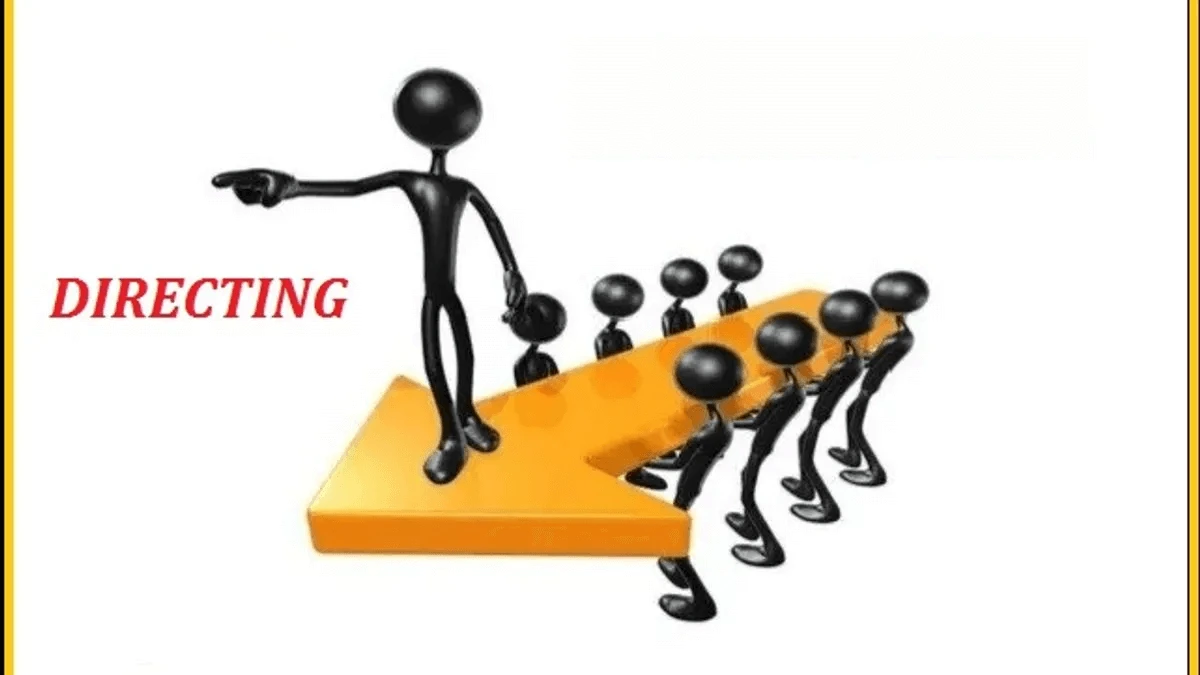







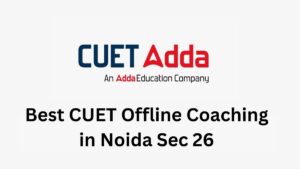 Best CUET Offline Coaching in Noida Sec ...
Best CUET Offline Coaching in Noida Sec ...
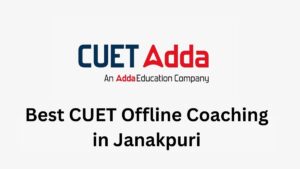 Best CUET Offline Coaching in Janakpuri,...
Best CUET Offline Coaching in Janakpuri,...
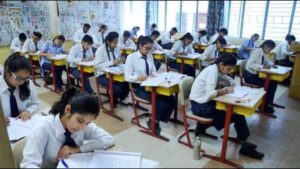 MP Board Class 12 Previous Year Question...
MP Board Class 12 Previous Year Question...



